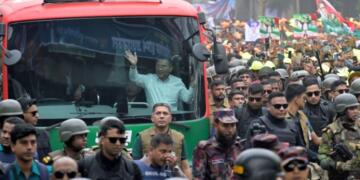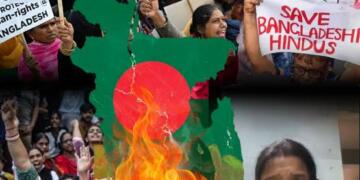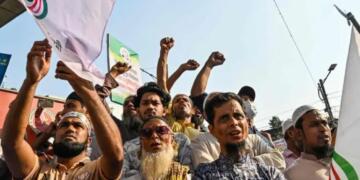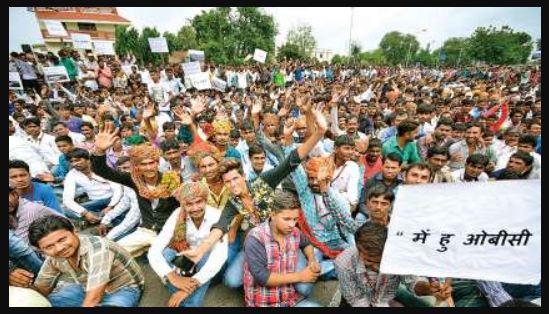Reservation is one of the most contentious issues of the country. The Other Backward Classes or simply OBCs are granted 27 percent reservation in jobs and education under the central government. However, it is the cream of a few handfuls of OBCs out of the 2700 odd castes that have managed to grab the benefits of various schemes while others fail to even get their hands on the bare minimum.
To study this anomaly and bring an equitable solution to the table, the Modi government in October 2017 formed a commission under the aegis of retired Delhi High Court Chief Justice G Rohini, Centre for Policy Studies director Dr. J K Bajaj as a member, and two other ex-officio members. And if an Economic Times report is to be believed, four years down the line, the Commission is finally ready to submit its report.
The commission is expected to divide the total 2,633 OBC castes in the Central List into four subcategories. The categories numbered 1, 2, 3, and 4 are proposed to split 27 percent of the OBC quota reservation into 2,6,9 and 10 percent, respectively. Category 1 will include 1,674 caste groups, largely those who have not benefited from the quota. Category 2 will have 534 caste groups while categories 3 and 4 will have 328 and 97 caste groups, respectively. Though Category 4 with the least number of caste groups, mostly considered dominant OBCs with a large population, will still get the largest chunk at 10 percent.
According to data of 1.3 lakh central jobs given under OBC quota analyzed by the Commission in 2018, to the preceding five years, some astonishing discoveries were made regarding the huge disparity that exists between the various OBC sub-groups.
- 97 percent of all jobs and educational seats have gone to just 25% of all sub-castes classified as OBCs;
- 95% of these jobs and seats have gone to just 10 OBC communities;
- 983 OBC communities — 37% of the total — have zero representation in jobs and educational institutions;
- 994 OBC sub-castes have a total representation of only 2.68% in recruitment and admissions
The calls for sub-categorisation had come from the most committed supporters of reservations. However, there are still several questions that the commission needs to address before the government takes a call on implementing it.
The biggest of which being — on what basis did the commission arrive at the percentages for the sub-categorisation? The Government of India never collects the data of OBC in its decennial censuses and thus with no clear idea regarding the population, it becomes a guesstimate to allot the percentage or gauge the proportional redistribution.
The Rohini Commission was to originally submit its report by March 2018 and the government has spent over Rs 1.70 crore on the Commission including salary and other expenses. It was recently given its tenth extension to submit its report by July 31. Hopefully, the commission is able to come up with answers to the aforementioned questions.































